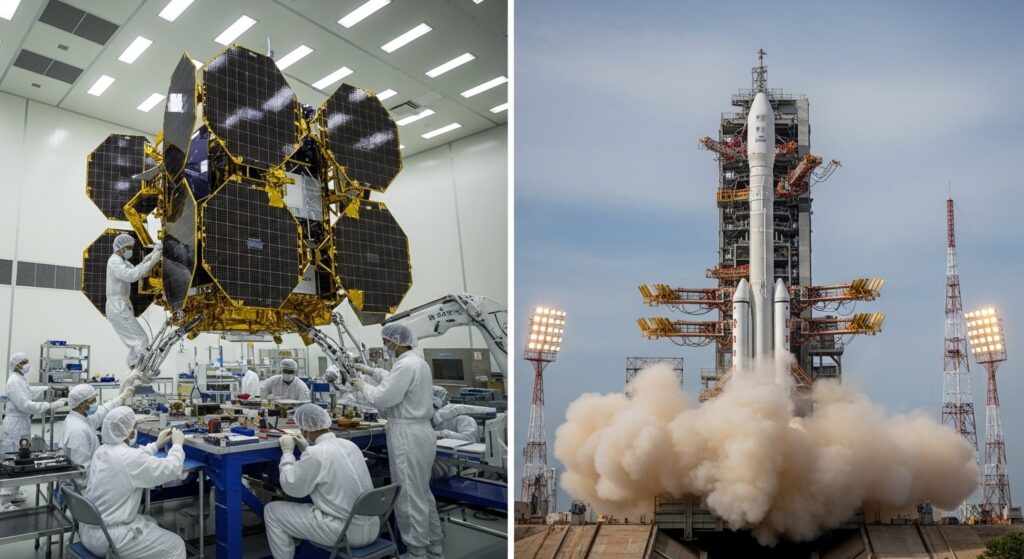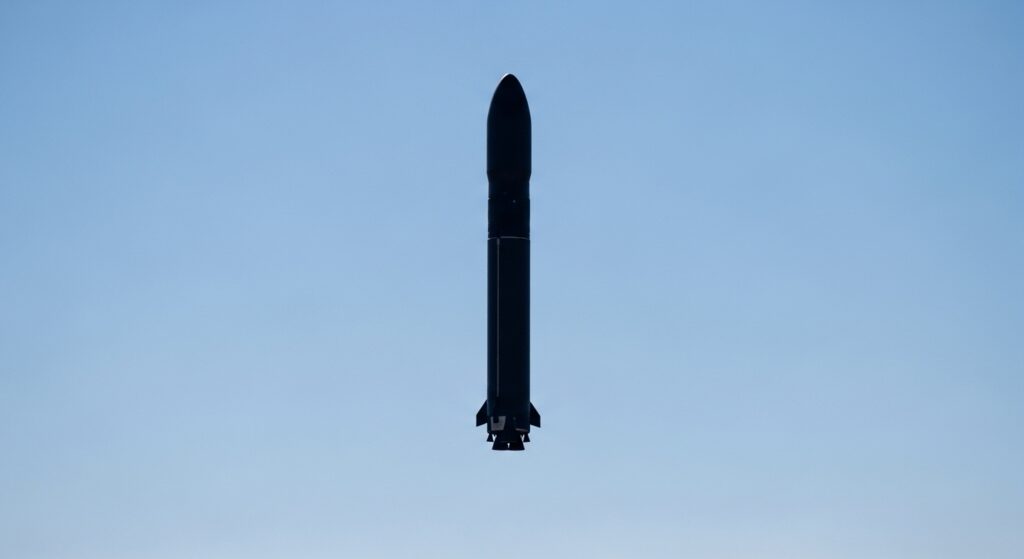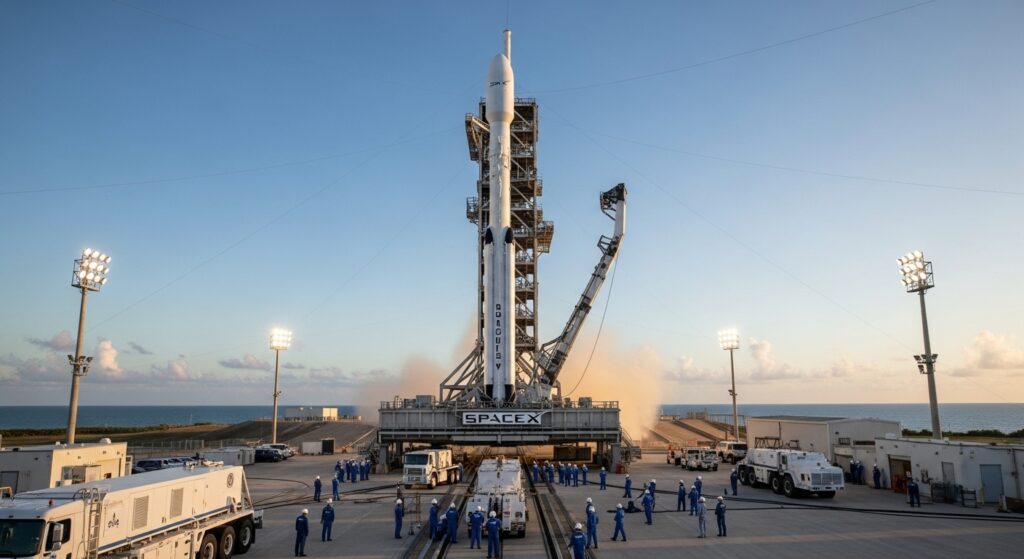NASA and ISRO Launch NISAR Earth Observation Satellite
NASA and the Indian Space Research Organisation (ISRO) successfully launched NISAR (NASA‑ISRO Synthetic Aperture Radar) on July 30, 2025, from the Satish Dhawan Space Centre aboard the GSLV F16 rocket, according to a NASA press release. This mission represents the first dual-frequency SAR satellite built by both agencies to monitor Earth’s changing land and ice surfaces.
How It Works: Dual-Frequency Radar for Climate Insight
Equipped with NASA’s L‑band SAR and ISRO’s S‑band SAR, NISAR can produce high-resolution maps of Earth’s terrain, even through cloud cover or at night. As reported by NASA space blogs, the satellite will revisit nearly all terrestrial surface every 12 days and detect surface shifts with centimeter-level accuracy—vital for disaster monitoring and climate tracking.
A Milestone in International Collaboration
This mission, valued around $1.5 billion, is hailed as a landmark in space cooperation. According to Reuters, NISAR will significantly boost global monitoring of environmental hazards like floods, earthquakes, and glacial melt, and is expected to benefit scientists, planners, and policymakers worldwide.
Real-World Applications
NISAR’s open-access data will help monitor:
- Coastal erosion and shoreline shifts
- Glacial retreat and ice sheet dynamics
- Ground deformation near critical infrastructure
- Ecological changes in forests and wetlands
Its dual-SAR design allows for data collection regardless of weather, making it ideal for climate tracking, disaster resilience, and infrastructure planning.
What Happens Next?
- A 90-day commissioning phase, during which NISAR’s 12-meter radar antenna will deploy and calibration will occur.
- Public release of processed radar imagery for global research and disaster response.
- Ongoing academic collaboration, including algorithm optimization led by experts from IIT Madras to enhance coastal observation utility.


